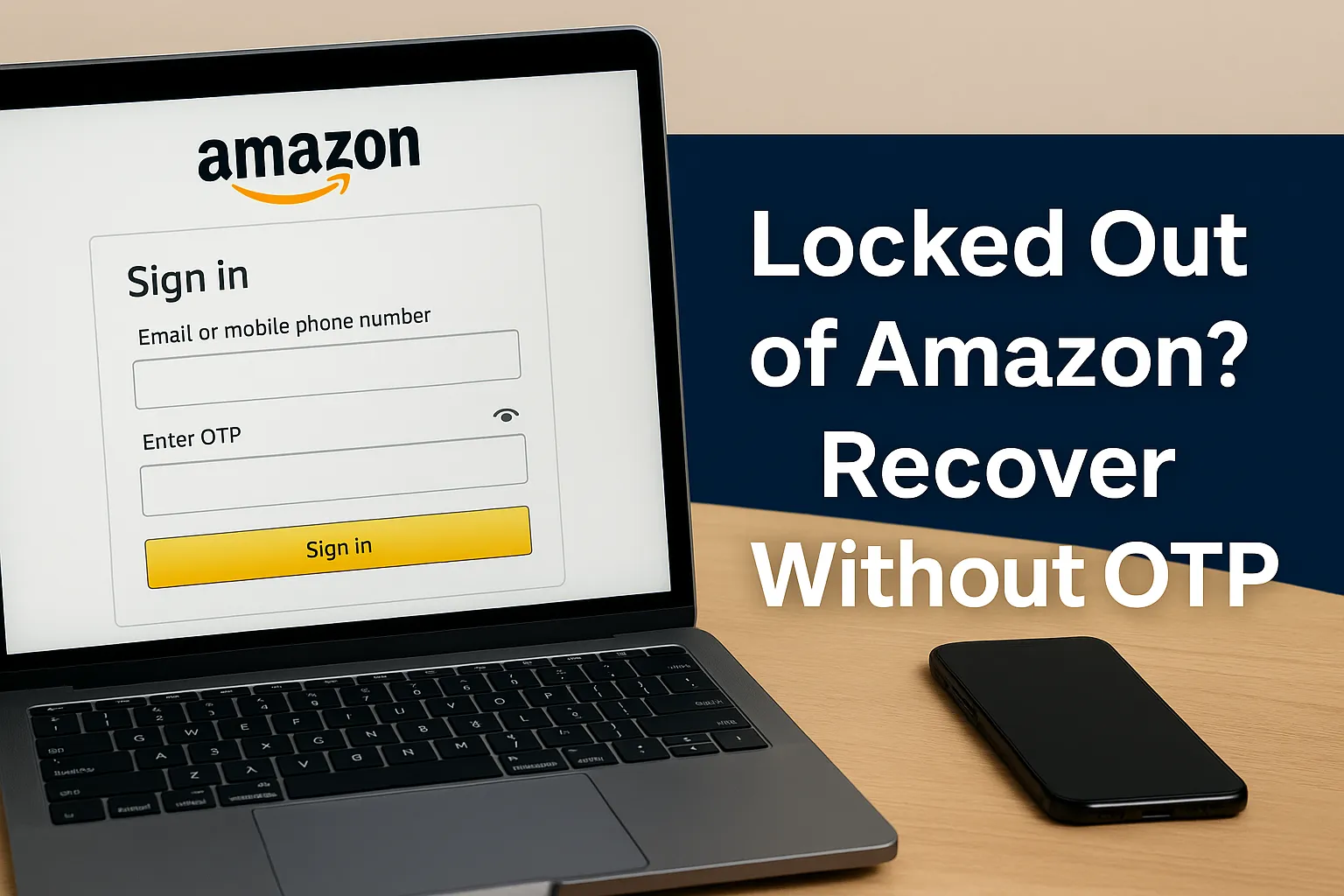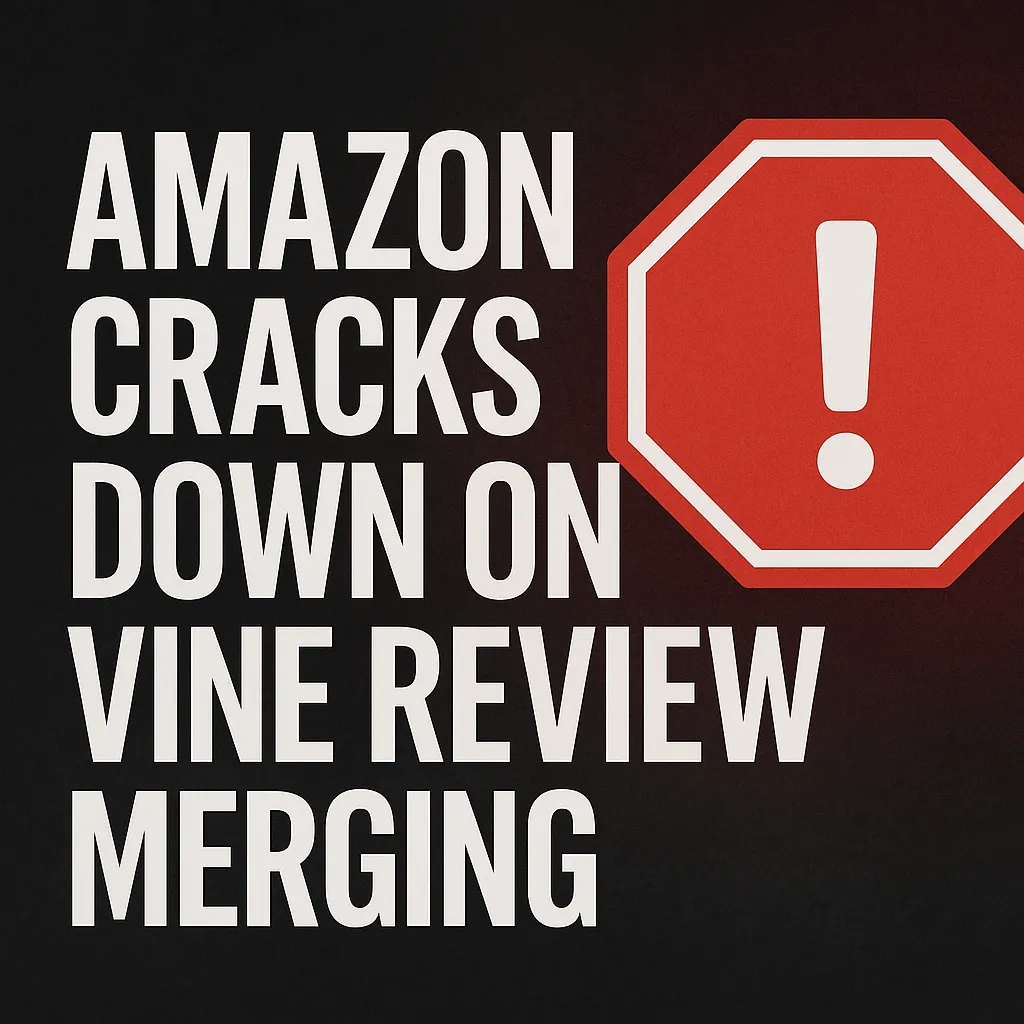Amazon 2FA Locked You Out? Reset Access Here
Amazon 2FA Locked You Out? Reset Access Here
If you’re locked out of your Amazon account and not receiving the One-Time Password (OTP) required to sign in, you’re not alone. A growing number of users – including both buyers and sellers – are facing issues where Amazon’s OTP text message never arrives. This problem often appears without warning, and worse, Amazon doesn’t provide a direct workaround on the seller side.
But here’s the key insight most sellers miss:
Amazon’s official recovery process happens through your buyer account, not Seller Central. That’s where you can reset your OTP method and get back in.
Let’s break down exactly how to do it – and what to avoid.
🔐 Why Amazon OTP Codes Aren’t Arriving
We’ve handled dozens of cases where Amazon sellers and buyers couldn’t receive OTPs, and most follow a similar pattern:
SMS blocking by your carrier, especially if you’re using VoIP numbers (like Google Voice) or newly ported lines.
Changes in phone number without updating your Amazon account.
Amazon security filters that flag your login attempt, stopping the OTP from being sent.
Blocked short codes on your phone (either by mistake or due to settings).
No matter the cause, the result is the same: Amazon won’t let you in without a valid OTP. And if you can’t receive the code – you’re stuck.
Amazon Account Recovery Your Account Through the Buyer Portal
Amazon doesn’t allow you to reset Two-Step Verification directly from Seller Central. But you can bypass OTP login through a specific buyer-side process, using government ID to verify your identity.
Here’s how to do it:
1. Go to this official Amazon recovery link: 👉 https://www.amazon.com/a/recover/upload
2. Upload a photo or scan of a government-issued ID. Acceptable documents include:
- Driver’s license
- Passport
- State-issued ID
- Voter registration card
3. Requirements for the ID upload:
- Your full name and address must be visible.
- The issuing country or state should be clear.
- You may blur or cover sensitive information like ID numbers or barcodes.
- File formats accepted: JPG, PNG, PDF, DOC, DOCX.
4. Submit the document and wait for Amazon’s review. This usually takes 1–2 business days.
5. Once approved, Amazon will disable Two-Step Verification and email you a confirmation. You’ll then be able to log in with just your email and password.
🧠 Important Notes for Amazon Sellers
This recovery process must be done through your buyer account login page – not Seller Central.
If your buyer and seller accounts are linked (which they usually are), this reset will apply to both.
After regaining access, log in and update your phone number or switch to a more reliable authentication method.
Common Mistakes That Lead to Delays or Rejection
From our experience handling thousands of seller verifications, these are the most frequent compliance mistakes:
Using unofficial documents (screenshots, unsigned PDFs)
Submitting a self-attestation without a company stamp or signature
Not aligning your Seller Central address with your proof of address
Listing a corporate entity as a beneficial owner instead of tracing to individuals
Missing documentation for foreign parent companies
🔄 Switch to an Authenticator App (Highly Recommended)
To prevent this from happening again, once you’re back in your account, we strongly recommend you set up an authenticator app instead of relying on SMS.
Apps like:
Google Authenticator
Authy
Duo Mobile
…are more secure and don’t depend on your phone carrier to deliver codes. That means no more missed OTPs due to blocked numbers or carrier changes.
🧩 What If You’re Still Locked Out?
If the ID upload fails, or Amazon doesn’t approve your submission, you may need professional help – especially if:
Your seller account is tied to a business or a suspended account.
You’ve lost access to both the phone number and the email on file.
You’ve already tried and failed the recovery route.
At ASA Compliance Group, we’ve helped over 3,600 sellers navigate complex account access issues – including Two-Step Verification failures, buyer-seller account disconnects, and identity mismatches. We know how Amazon handles these internally, and we can help push the process forward if you’re stuck.
📌 Final Tip
Bookmark this link:
👉 https://www.amazon.com/a/recover/upload
It’s the single most important URL for anyone locked out of their Amazon account due to OTP issues – and the only way to request identity verification for Two-Step reset.
Need Help?
If you’re unsure whether to proceed alone or need a professional to assist with account recovery or compliance strategy, we’re here.
👉 Contact ASA Compliance Group
Let us know your situation and we’ll guide you through the next steps.



